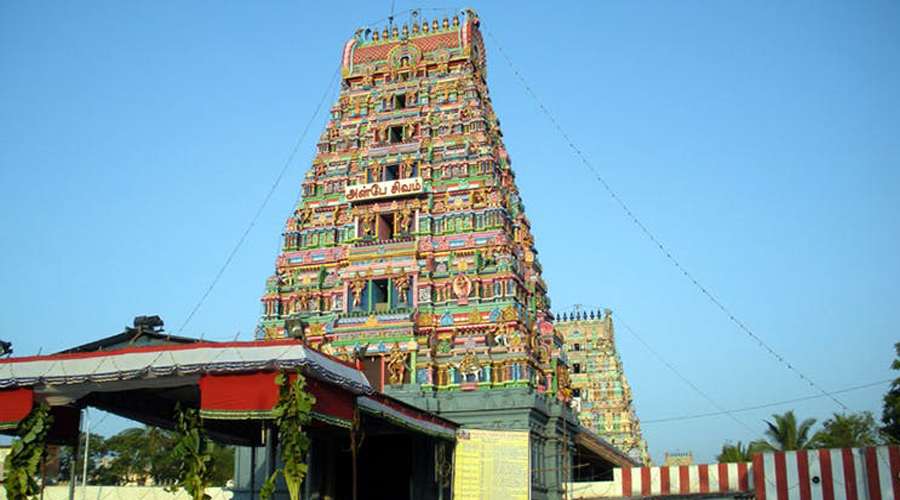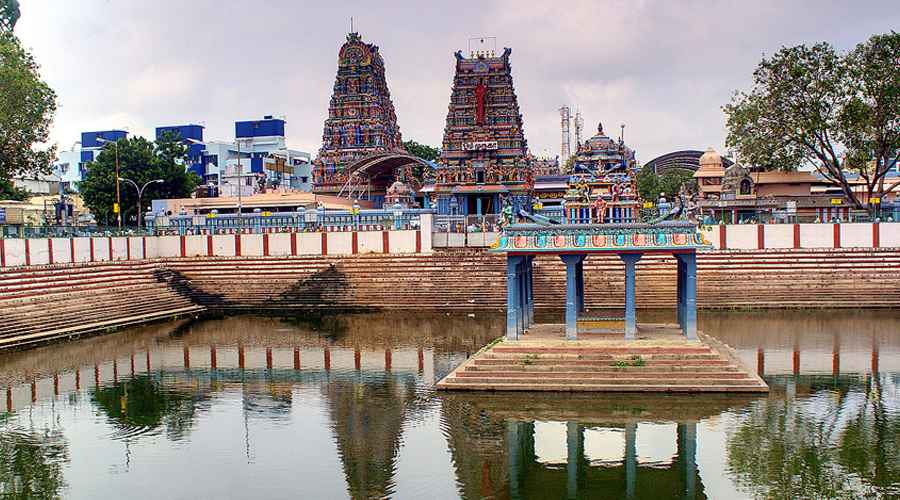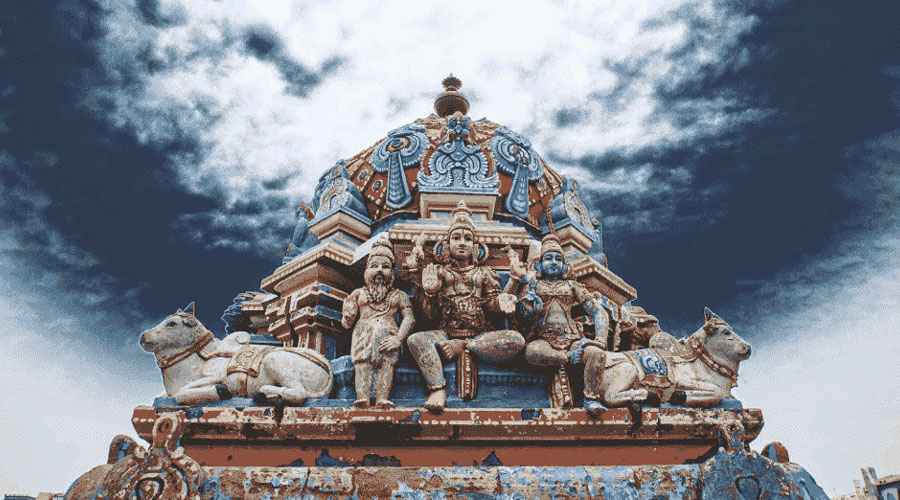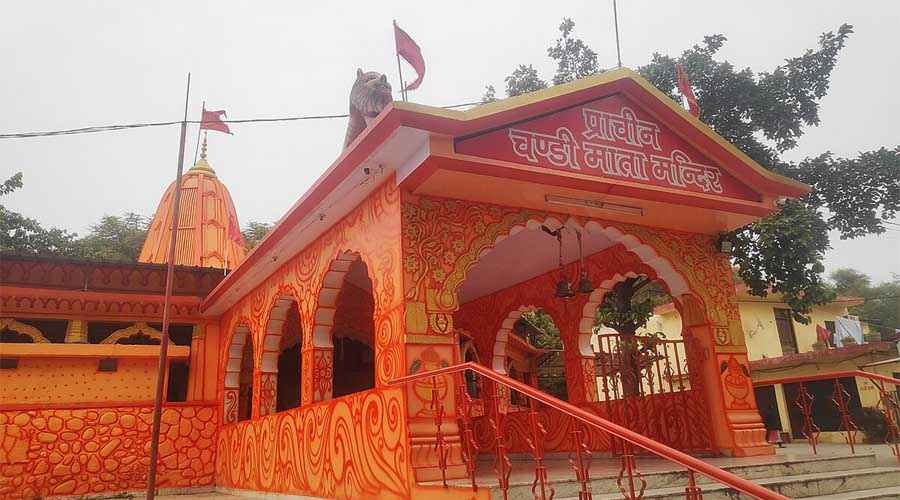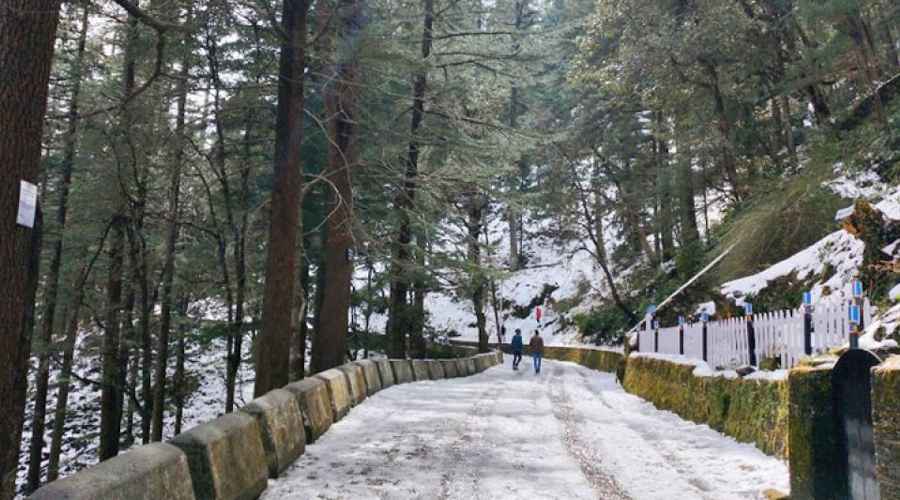Nestled along the busy streets of Thiruvanmiyur in Chennai, Marundheeswarar Temple stands not just as a grand Dravidian architectural marvel, but as a spiritual and medicinal sanctuary that has drawn devotees and seekers for centuries. With a rich history, fascinating legends, and an atmosphere steeped in devotion, the temple remains a pivotal destination for pilgrims seeking both spiritual solace and remedies for ailments.
Historical Roots
View this post on Instagram
Marundheeswarar Temple traces its origins to the early medieval period, with references in Saivite hymns going as far back as the 7th century CE. Revered saints Appar and Tirugnana Sambandar, the great Nayanmars, sang of its glory in the Paadal Petra Sthalams, underscoring its age-old significance. Though the original shrine is believed to predate the Chola dynasty, substantial expansions were undertaken during the 9th and 11th centuries. Later, Vijayanagara rulers further embellished and extended the temple complex, which spans approximately one acre and is renowned for its imposing seven-tiered rajagopurams (gateway towers).
The Healing Legend
The very name “Marundheeswarar” embodies the temple’s legend—Marundhu meaning “medicine” in Tamil. Lord Shiva is worshipped here as the god of medicines, known for imparting knowledge about potent herbs and their uses to Sage Agastya. According to lore, those suffering from diseases and ailments have received blessings and cures after praying at this temple. The prasadam, a special mixture of sacred ash, milk, and water, is distributed to devotees and believed to have healing properties.
Stories of divine intervention abound. It is said that Lord Shiva advised a sage on medicinal cures and offered spiritual guidance, establishing the temple as a focal point for those in search of relief from suffering. The site also bears ties to other legendary figures; Sage Valmiki, author of the Ramayana, is said to have worshipped the deity here, and even the sacred cow Kamadhenu performed abhishekam for Shiva—a testament to the temple’s deep roots in Hindu mythology.
Architectural Splendor
Marundheeswarar Temple is a masterpiece of Dravidian architecture. Two grand entrances, one from East Coast Road and another from West Tank Street, are adorned with majestic seven-tiered gopurams. These gateways feature intricate stucco figures and mythological carvings that narrate stories from Hindu scripture. The main sanctum faces west—a unique aspect attributed to a local legend involving a devotee and the temple idol miraculously turning to welcome his prayers.
Inside, the temple’s columned halls (mandapams) are graced with 36 massive pillars, each adorned with detailed carvings. The central shrine houses the swayambu (self-manifested) lingam of Marundheeswarar, while three distinct forms of Lord Shiva—Tyagaraja, Marundheeswarar, and Nataraja—are enshrined within, along with his consort Goddess Tripura Sundari (Parvati). Shrines to other deities such as Ganesha, Murugan, and Tripurasundari Amman dot the complex, echoing the temple’s openness to various traditions within Shaivism.
Rituals and Festivals
The temple comes alive with a vibrant tapestry of rituals and festivals. It conducts six daily rituals, known as pujas, from early morning at 5:30a.m. to 10p.m., allowing devotees to worship at multiple times throughout the day. Grand annual celebrations like Maha Shivaratri and Brahmotsavam draw large crowds, infusing the precincts with joy, color, and communal devotion. Offerings and prayers during these festivals often focus on requests for good health and relief from sorrow—a tradition that upholds the medicinal legacy of Marundheeswarar.
Marundheeswarar Today
Modern-day Marundheeswarar Temple remains under the stewardship of the Hindu Religious and Charitable Endowments Department of Tamil Nadu, ensuring its preservation and accessibility. Its proximity to the Bay of Bengal, bustling city roads, railway stations, and bus depots makes it an easily accessible site for locals and tourists alike.
Beyond its religious and architectural charm, Marundheeswarar Temple continues to be a symbol of hope and healing, welcoming devotees who seek both spiritual upliftment and physical relief. Its storied legacy, intertwined with mythology, art, and community, makes it among Chennai’s most revered landmarks—a timeless testament to faith’s power to rejuvenate both body and soul.
